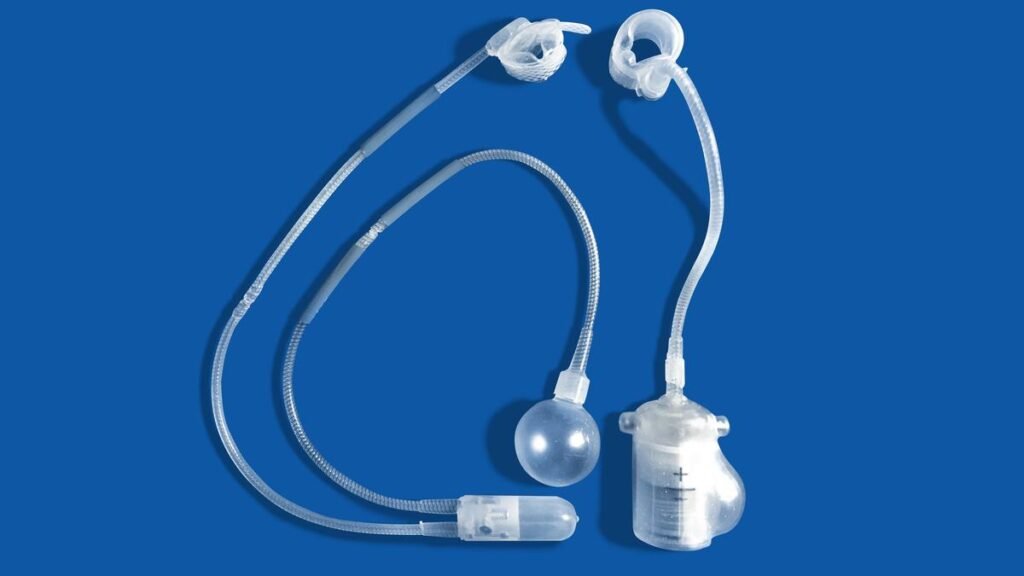Urinary incontinence affects millions across the world, yet it remains one of the most misunderstood and under-discussed medical conditions. For many, it is not just a health issue, but a concern that impacts dignity, confidence, and everyday life. It is time however, to talk about this common issue openly, debunk myths, and let people know that they do not have to suffer in silence.
The stigma
Urinary incontinence is not limited to women or the elderly. It can affect both men and women, across age groups. Among men, one of the most frequent causes is prostate surgery—particularly post-radical prostatectomy done for prostate cancer. Studies indicate that up to 15% of men may experience some form of persistent incontinence after surgery. In women, causes can include childbirth, menopause, pelvic organ prolapse, or neurological conditions. In fact, stress urinary incontinence affects nearly 1 in 3 women at some point in their lives. Yet, cultural taboos and embarrassment prevent many from seeking help, even though effective treatment is available.
Also, too often, people are told that incontinence is “a natural part of ageing,” or that they must simply “learn to live with it.” This is simply not true. Urinary incontinence is a medical condition, and like any other medical issue, it can be diagnosed, treated, and managed. Another widespread myth is that surgery is the only solution. In reality, treatment is highly individualised, and many patients respond well to non-surgical options like pelvic floor physiotherapy, medications, or lifestyle modifications.
For men, especially those recovering from prostate surgery, it is important to know that regaining bladder control is not just possible, it is expected with the right care and follow-up.
A case study
One of my patients, a 64-year-old man from Madurai, consulted me in Chennai, a year after his successful prostate cancer surgery. While the cancer had been cured, he found himself struggling with daily urine leakage: he began avoiding social functions, he was sleeping poorly, and wearing adult diapers impacted his self-esteem.
After evaluating him thoroughly, we proceeded with an artificial urethral sphincter implantation which is a proven and advanced solution for male incontinence in select cases. Within weeks, his continence was restored. Today, he plays with his grandchildren without fear, travels again with confidence, and recently told me, “This one surgery gave me my life back.”
His story is not rare, it is one of many, and with the right information and care, lives can be transformed.
Treatment options
A multi-disciplinary, empathetic approach to treating urinary incontinence is crucial. Urology teams must work closely with specialists in physiotherapy, gynaecology, oncology, and rehabilitation to provide holistic care.
Some key treatments for urinary incontinence include:
Pelvic floor rehabilitation: Customised physiotherapy and biofeedback to strengthen bladder control.
Medications: For urge incontinence or overactive bladder symptoms.
Minimally invasive surgical options: For men – male sling procedures or artificial urinary sphincter implantation after prostate surgery; For women – mid-urethral slings, bulking agents, or advanced vaginal reconstruction techniques.
Neuromodulation therapies: In select cases, sacral nerve stimulation offers hope for severe, treatment-resistant cases
Put simply, if you or a loved one is facing urinary incontinence, know that it is not something to hide or be ashamed of. The right treatment can dramatically improve quality of life, and in many cases, restore complete control. But the first step is speaking up, and ensuring you are heard without judgement and guided with care.
Let’s change the narrative. Let’s remove the stigma. Let’s empower more people to seek help, regain confidence, and live fully, without limits.
(Dr. Sandeep Bafna is a consultant in reconstructive urology at Apollo Hospitals in Chennai. drsandeep_bafna@apollohospitals.com)
Published – July 14, 2025 03:32 pm IST

